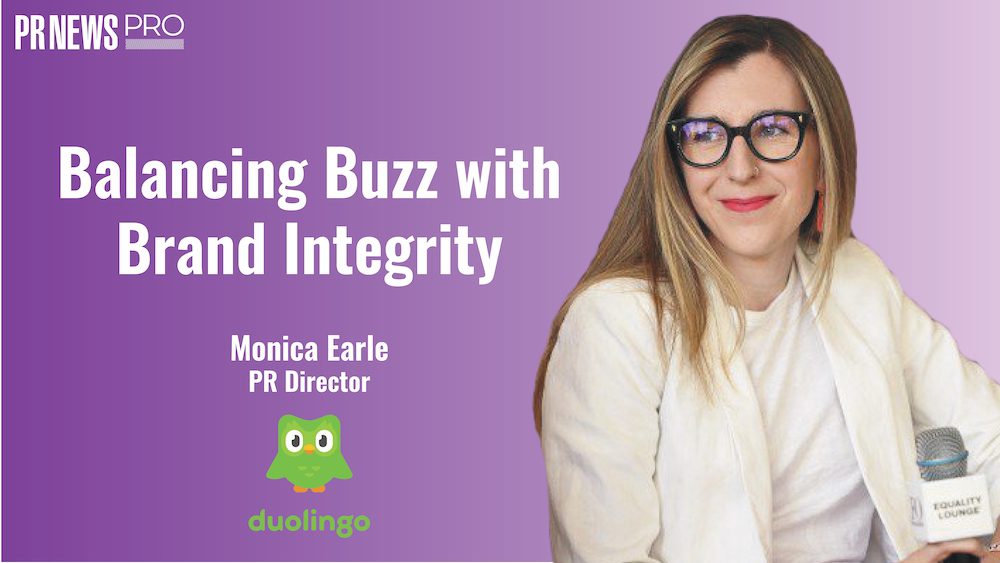Pat O’Rahilly points to a wall-sized photo of trees in Aspen Marketing’s headquarters to illustrate the agency’s integration strategy.
“The aspen forest is the biggest single organism in the world,” he says, sounding for the moment more like a pinstriped forest ranger than a CEO. “The root system is all connected; if you pull up one tree, you pull them all.”
Aspen’s forest just got bigger last month, and the seeding isn’t over yet.
West Chicago, IL-based Aspen bought DVC Worldwide for an undisclosed sum, adding coveted packaged goods clients and a team of promotion pros to its roster.
Aspen expects to close other acquisitions by yearend, businesses that bring a new twist to its current capabilities (which include interactive, events, direct and premiums); it continues to shop for an Hispanic promotions agency. The goal: Build out the root system across all marketing services the same way Aspen has built the “concept-to-envelope” direct-marketing work that’s been a cornerstone of its success.
The cash deal with DVC parent Lake Capital brings Kraft Foods, Georgia-Pacific and electronics brand JVC to Aspen’s portfolio, alongside DaimlerChrysler, Ford, General Motors, Verizon, Motorola, U.S. Cellular, Dell, Hewlett-Packard, Mutual of Omaha, Albertsons and The Home Depot. The only common client is AT&T; there were no conflicts between their rosters. Aspen steps in as DVC wraps up two new-business reviews, a possible boon to its standing in those competitions.
The purchase of DVC bulks up Aspen’s promotions expertise, an important balance to its direct-marketing work, mostly for automotive and B-to-B clients. Event-marketing arm DVCX complements Aspen’s strong event work, which includes a music-heavy Rides, Vibes & Chrome tour running now for GM (touting after-market auto accessories) and a massive Wild Kingdom Tour for Mutual of Omaha. (Aspen consulted with DreamWorks mechanics to build animatronics for the exhibit now touring state fairs and festivals.)
The acquisition also brings p.r. to Aspen for the first time: DVC has been handling p.r. for Kraft Foods’ Tassimo launch in the U.S., and for Crystal Light and other brands.
DVC’s co-marketing and experiential chops also strengthen Aspen’s current retail and event-marketing work. “Their team is so seasoned, we can put them up against anybody,” O’Rahilly says.
Aspen tapped DVC executive VP Jill Draper to run its Morristown, NJ office (formerly DVC’s headquarters), and executive VP Tim Hanlon to run a new New York office with 10 staffers, and head up p.r.
They form Aspen’s promotions brain trust, with Aspen’s senior VP-creative director Jim Carroll, account director Lisa Mills and president of the premiums division Bill Barczy. Aspen maintains a premiums warehouse in its headquarters, handling sourcing and fulfillment for mostly automotive and financial services clients.
The only top DVC exec that Aspen didn’t hire was its highly paid CMO, Bill Donlin, whose media-centric skills are a better fit for a big agency network, says Aspen CFO Cathy Lang.
The purchase gives Aspen an East Coast presence again: The agency closed its struggling three-year-old Manhattan office shortly after Sept. 11, 2001. Now, it’ll move to new space in Morristown to give the 40 staffers there “a truly fresh start,” Lang says, and move 10 folks from Morristown to staff the new Manhattan office. The Aspen name replaced DVC on July 6, five days after the deal closed.
Aspen grew quickly from 1997 through 2000 via 13 diverse acquisitions, then regrouped in 2001-02 under new management led by O’Rahilly. It began shopping again in August 2004 when investment firm KRG Capital Partners recapitalized Aspen’s financing. Aspen bought SRI Analytics in March 2005, but recent growth is mostly organic: Net revenues topped $76 million in 2005, up 94% from 2003. Gross revenues topped $229 million in 2005, O’Rahilly says. The agency is on track to bring in $263 million in 2006, including about $6.5 million in second-half gross revenues from DVC. Money, apparently, does grow on trees — if they’re planted right.
The Demise of DVC
Quietly on the block for about two years, DVC was hamstrung by high overhead, especially expensive real estate. The agency then lost significant work from AT&T and Gillette when each was bought by SBC and Procter & Gamble, respectively.
DVC’s top management frayed when President-COO Sue Furlong left in January 2005; Lake Capital exec Mike Zeman stepped in to run DVC while Chicago-based Lake, which bought DVC in 2000, shopped the agency.
The disappearance of the DVC name ends the history of an agency that was PROMO’s Agency of the Decade in 1999, and Agency of the Year in 1996 and in 2003.
Its biggest problem, ironically, was overreaching in acquisitions: DVC paid top dollar for two Internet firms shortly before the dot-com bust. It retrenched in 2000 with funding from Lake Capital, trying to grow by building new capabilities, such as co-marketing, from scratch, but couldn’t keep up with its overhead.
— BS
Summa Pro Bono
The Marketing Store pitches secondary education for third-world countries
Americans don’t know much about third-world education. A Chicago agency with global ties is hoping to change that.
This fall, the Marketing Store Worldwide ratchets up TV, radio and events for The Foundation for the Refugee Education Trust (RET). The shop has been working pro bono for the U.N.-affiliated non-profit for about three years (on Web design) and heavily for one year (on ads, p.r. and events).
The Marketing Store is negotiating endorsement deals with two celebrities whose U.S. profiles and ties to African causes could jumpstart consumer interest — and donations.
Americans are paying attention to third-world causes right now, thanks to Warren Buffett’s $31 billion donation to the Bill and Melinda Gates Foundation in June. Some celebs — Olympic speed skater Joey Cheek, It-couple Angelina Jolie and Brad Pitt — have drawn interest to causes in Africa.
Marketing Store hopes to ride the moment. TV breaks in the U.S. this fall, and continues in the U.K., where news coverage is more complete. “We in the U.S. don’t see much coverage, and have very little idea what’s going on” in spots like the Darfur region of Sudan, says Clive Maclean Marketing Store president-U.S. agency services, a third-generation South African. “We need a celebrity that the U.S. public would identify with.”
Marketing Store’s entertainment and alliance departments tap their industry contacts to negotiate with celebs: “When we make a call to an agent, we get an answer,” Maclean says. Its direct-marketing experts piece together ads on a shoestring. “The U.N. opened its video library for us. We chose footage, edited it, and paid only $3,000 for studio time and materials,” Maclean says. The shop used software that accesses radio stations’ schedules to find cheap airtime, and ran 1,600 spots in a handful of cities for a total of $1,800.
Marketing Store became involved with Geneva, Switzerland-based RET through the non-profit’s managing director, Zeynep Gunduz, who had been a Marketing Store client when she was CMO for Midas. When RET recruited Gunduz, she called Maclean for help. His personal interest in education and third-world environments won the day.
The cause suits Marketing Store’s global scope. “So many Chicago agencies do Off the Street Club and local stuff. We have a fairly broad mix of people from around the world, so we want to do something that impacts further,” Maclean says.
The potential is there: Of the estimated 35 million refugees worldwide, about 7 million are aged 12-17, prime candidates for secondary schooling. But refugee enrollment is only 3%, far below the 18% enrollment rate for teens at home in the least-developed nations.
But it’s a hard cause to sell, since RET serves older kids and adults who’ve moved beyond U.N.-supported primary education and need job skills. “When we show kids that age [in TV and marketing materials], people have seen images of similar-aged people with AK40s,” Maclean says. “And there’s not that emotional pull people feel with little kids.”
But RET’s biggest issue now is brand awareness — just the right challenge for marketing pros eager to contribute to the cause.
— BS
 Network
Network

